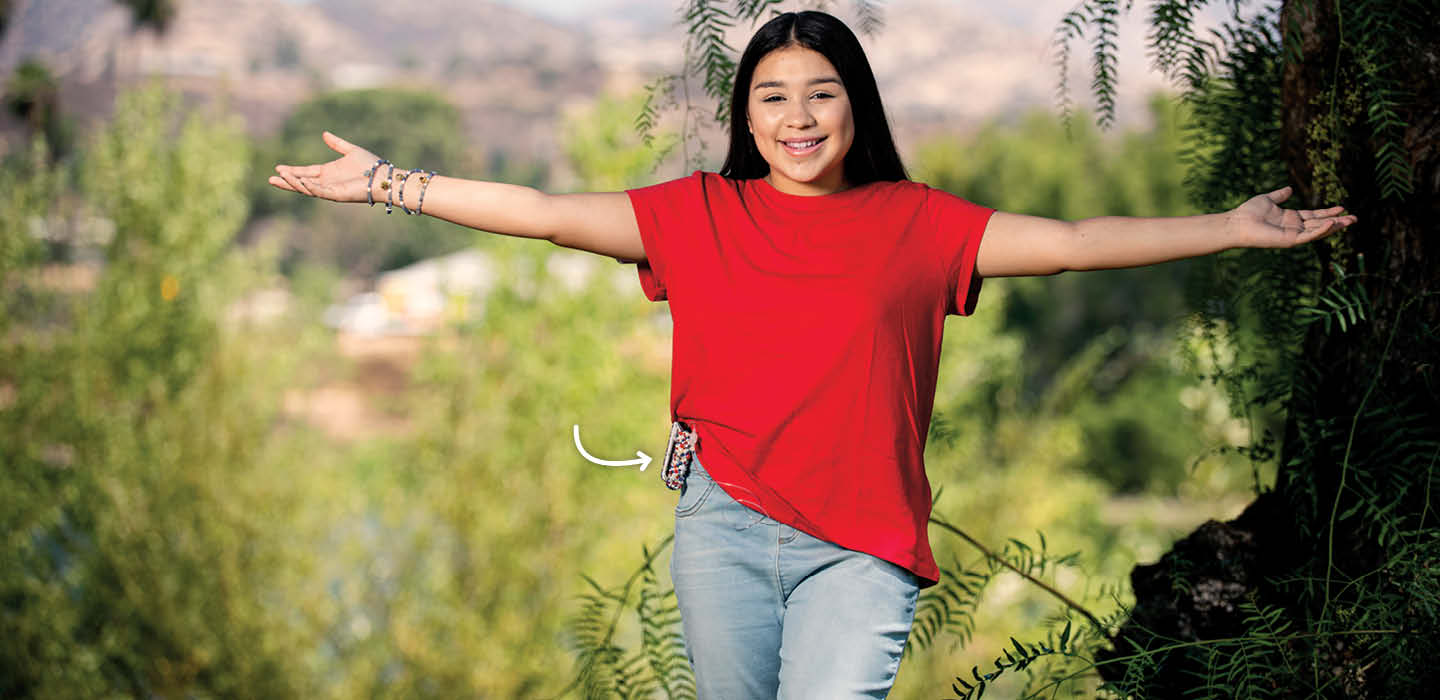What if I told you to picture someone with a disability? What do you see?
You might imagine someone in a wheelchair. You might picture someone who can’t see or hear. And you wouldn’t be wrong.
But there’s another kind of disability that many people don’t think about: invisible illness.
Looking at me, you probably wouldn’t know I have a chronic disease. But I’ve had type 1 diabetes since I was 2 years old. It affects my life in many ways, and I have to manage it every day.
Having an invisible illness can be hard. That’s why I want to speak out about my experience.
I want other kids like me to know they’re not alone.
Picture someone with a disability. What do you see?
You might picture someone in a wheelchair. You might picture someone who can’t see or hear. And you wouldn’t be wrong.
But there’s another kind of disability that many people don’t think about: invisible illness.
Looking at me, you might not know I have a chronic disease. But I’ve had type 1 diabetes since I was 2. It affects my life in many ways, and I have to manage it every day.
Having an invisible illness can be hard. That’s why I speak out about it.
I want kids like me to know they’re not alone.
If I told you to picture someone with a disability, what image would pop into your mind?
You might imagine someone in a wheelchair, or maybe someone who can’t see or hear—and you wouldn’t be wrong.
But there’s another kind of disability that many people don’t think about: invisible illness.
You probably wouldn’t know I have a chronic disease just by looking at me, but I’ve had type 1 diabetes since I was 2 years old. It affects my life in many ways, and I have to manage it every day.
Having an invisible illness can be difficult. That’s why I want to speak out about my experience.
I want other kids like me to know they’re not alone.

